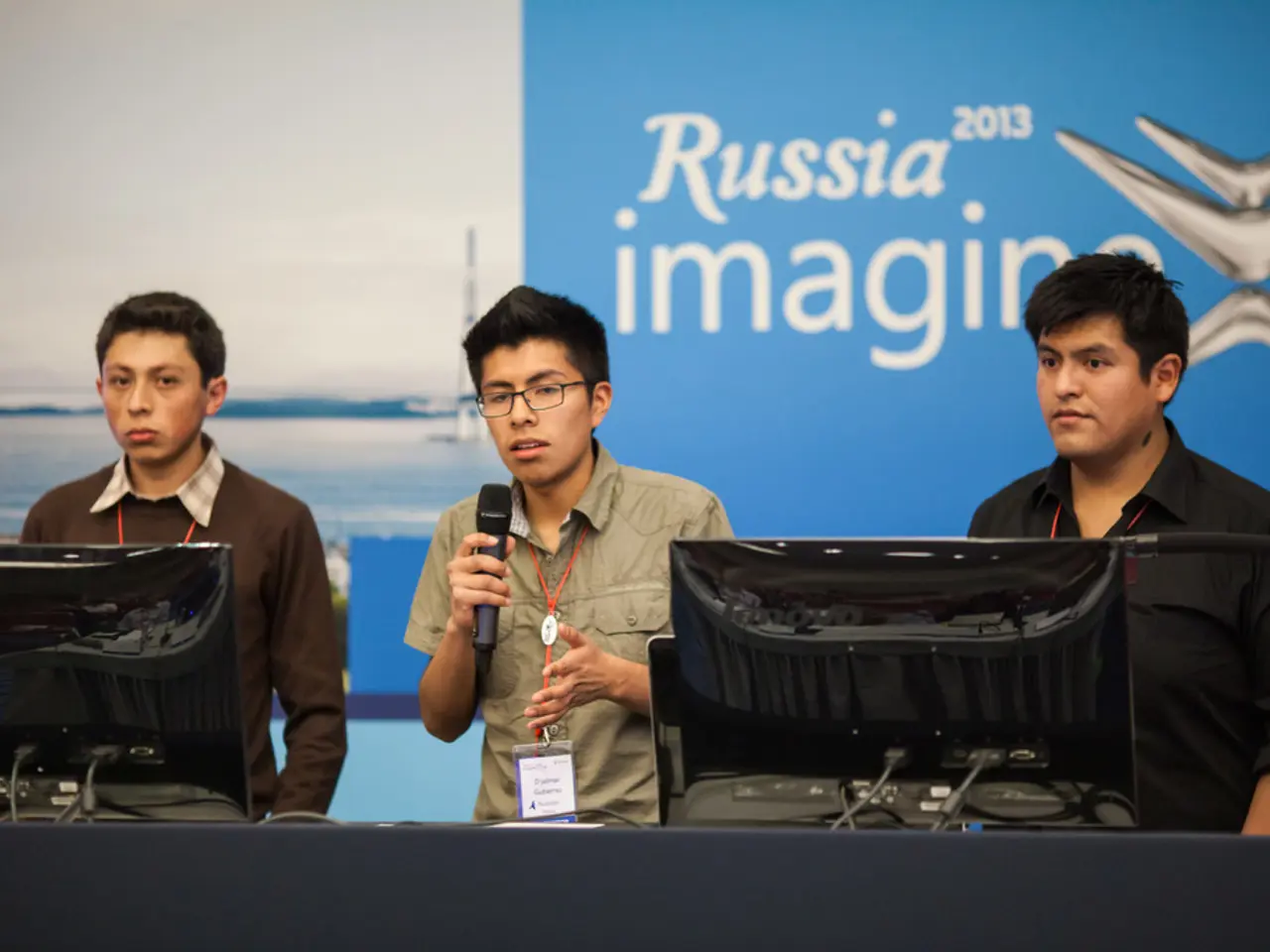Trump and Putin's Body Language Revealed
In the midst of escalating tensions between Russia and Ukraine, the recent summit between US President Donald Trump and Russian President Vladimir Putin in Alaska has been under close scrutiny. While the talks have yet to yield a significant breakthrough, a body language expert's analysis sheds light on the underlying power plays and emotional states during the meeting.
The summit began on a cordial note, with both leaders displaying warm gestures. However, as the discussions progressed, Donald Trump's body language revealed discontent and frustration over not reaching an agreement. This was observable in the lack of smiles and more rigid posture, in contrast to the earlier more genuine smiles on arrival.
Putin, on the other hand, projected control and confidence throughout the encounter. He initiated the handshake, showing enthusiasm and commitment, while Trump's handshake included multiple "hand pats," interpreted as subtle signals of asserting dominance or reminding Putin of his status. Putin's choice to ride in Trump's presidential limousine ("The Beast") was a symbolic gesture signaling trust and camaraderie, projecting confidence and control.
Experts noted a visual power dynamic where Putin projected control and confidence, while Trump used hand pats and other subtle cues to assert leadership. However, the lack of a deal visibly affected Trump’s demeanor post-meeting.
Meanwhile, in Ukraine, the Ukrainian military intelligence (GUR) claims to have destroyed a Russian munitions depot in the occupied region of Saporischschja. The conflict continues to intensify, with Russian forces reportedly making advances in the Kharkiv and Donetsk regions. Overnight, Russia attacked Ukraine with at least 60 combat drones and one ballistic missile, according to Ukraine's air force.
Amidst this escalation, European leaders are showing their solidarity with Ukraine. German Foreign Minister Johann Wadephul reaffirms Europe's solidarity with Ukraine, stating that a peace agreement needs clear security guarantees for Ukraine. The European backers of Ukraine are set to discuss their further course at a video conference today.
The planned trip by German Chancellor Friedrich Merz together with Ukrainian President Volodymyr Zelensky and other European heads of state to Washington is seen as a show of solidarity with Ukraine. Joachim Weber, a security expert, sees Putin's peace proposal for Ukraine as a step in the right direction but warns against getting too excited.
As diplomatic negotiations continue, military expert Carlo Masala is calling for Europe to develop an independent strategy to resolve the conflict. Jens Spahn, the parliamentary group leader of the Union, sees Friedrich Merz as a driving force in Europe in efforts to achieve a peaceful solution for Ukraine.
Thomas Jäger, a political scientist, says that believing a Ukraine deal will be reached in the course of the week is 'completely implausible'. Despite this, efforts to find a peaceful resolution continue, with Vladimir Putin and Alexander Lukashenko holding a telephone consultation about the Alaska summit.
References:
[1] The Guardian
[2] CNN
[3] BBC News
[4] The New York Times
[5] The Washington Post
- The escalating tensions between Russia and Ukraine, alongside the recent summit between US President Donald Trump and Russian President Vladimir Putin, are not only dominating general news, but also prompting discussions in community and employment policies, as global leaders strive to find a peaceful resolution.
- As the war-and-conflicts between Russia and Ukraine continue, crime-and-justice factors such as diplomatic negotiations, military strategies, and peace proposals have become critical topics in politics, affecting not only the involved nations but also global employment and community policies.







